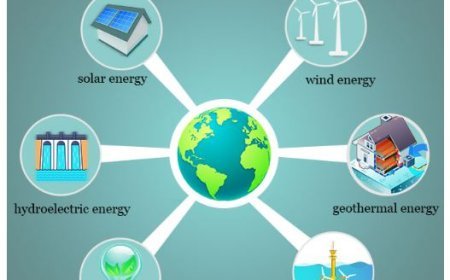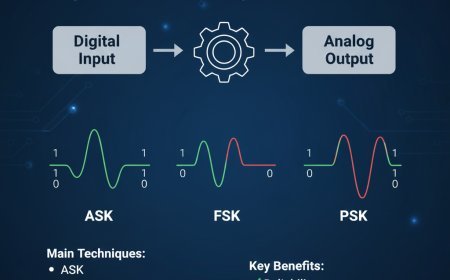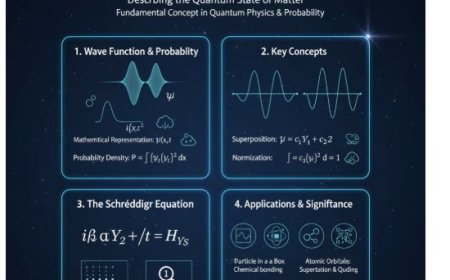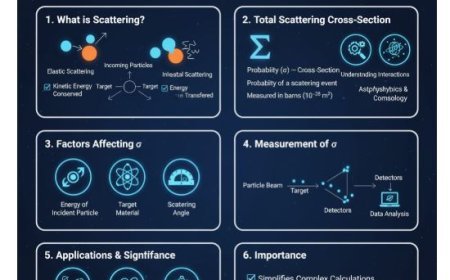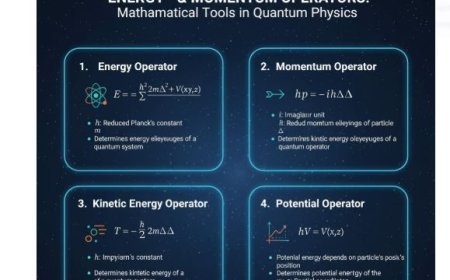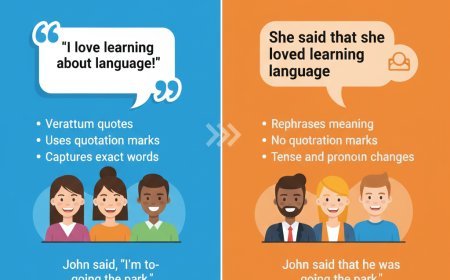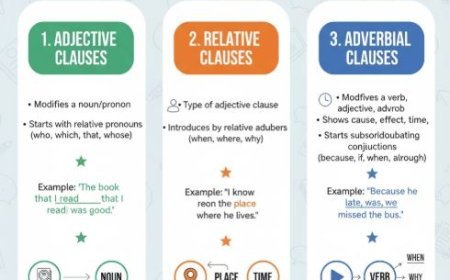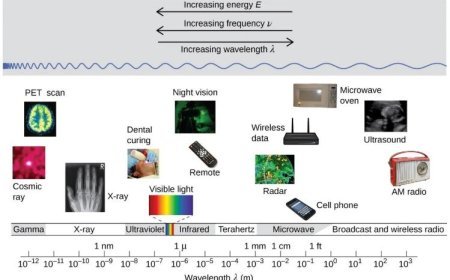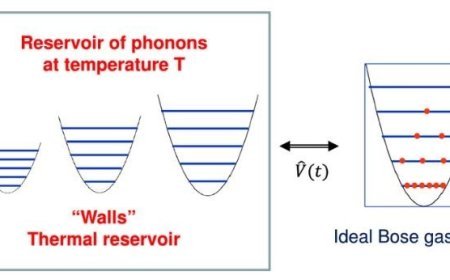Heitler-London and Molecular Orbital Theories of Hydrogen Molecules
Explore how hydrogen molecules form through Heitler–London and Molecular Orbital theories. Heitler–London explains covalent bonding via electron sharing and spin pairing, while Molecular Orbital theory describes bonding and antibonding orbitals formed from atomic orbital combinations. Together, they reveal how energy lowering stabilizes H₂ and provide the foundation for understanding chemical bonding in simple and complex molecules.

Heitler-London and Molecular Orbital Theories of Hydrogen Molecules
- Understanding how molecules join together is a fundamental aspect of both chemistry and physics.
- The Heitler-London theory and the molecular orbital theory are two key concepts that help us understand how hydrogen molecules form.
I. Introduction to the Hydrogen Molecule
- A simple definition: A hydrogen molecule (H₂) is formed by joining two hydrogen atoms together. When hydrogen atoms come together, they share one electron.
- Why it's important: Studying the hydrogen molecule helps scientists understand how molecules form and function in more complex systems.
II. Heitler–London Theory
The Heitler-London hypothesis, developed in the 1920s, was among the earliest quantum mechanical theories to describe how molecules stay together.
1. The Fundamentals of Quantum Mechanics
- Wave Functions: In quantum physics, wave functions describe particles such as electrons and predict where they will be.
- Combining wave functions: In H₂, the wave functions of two hydrogen atoms combine to form a new wave function for the molecule.
2. Sharing Electrons and Forming Bonds
- When two hydrogen nuclei create a covalent connection, the theory states that the two electrons are divided between them.
- Because they share, an attractive force holds the two atoms together.
- Think About Spin: Electrons have a property called spin.
- The Heitler-London hypothesis takes into consideration the spins of the two electrons, yielding a bound state with less energy than two independent atoms.
3. Energy Levels
- Stabilisation: Sharing electrons results in less energy for the H₂ molecule compared to isolated hydrogen atoms.
- This process of reducing energy is an important aspect of how bonds are formed.
4. Limitations
- Single Bond: The Heitler-London theory primarily discusses single bonds.
- It may be insufficient for more complex chemicals and interactions.
III. The Theory of Molecular Orbitals
The molecular orbital (MO) hypothesis improves our understanding of molecular bonding and may be applied to a variety of substances, including H₂.
1. Molecular Orbitals
- Definition: In MO theory, atomic orbitals combine to form molecular orbitals where electrons can reside.
- Rather than being confined to individual atoms, these orbitals include the entire molecule.
- Various types of orbitals: Atomic orbitals can combine to form bonding and antibonding orbitals.
- Bonding Orbitals: These orbitals lower the molecule's energy level, helping to keep it together.
- Anti-bonding orbitals: These orbitals contain greater energy and, if filled, can reduce molecular stability.
2. Formation of the H₂ Molecule
- When two hydrogen atoms come together, their 1s atomic orbitals combine to form a bonding molecular orbital (π) and an *anti-bonding molecular orbital (π)**.
- Electron configuration: H₂ has two electrons in the bonding orbital, resulting in a stable molecule.
3. Energy Considerations
- States of stability and energy:
- Bonding produces a molecular orbital with lower energy than the individual atomic orbitals.
- This keeps the H₂ molecule stable.
- If the anti-bonding orbital were filled, the H₂ molecule may break in two.
4. Application and Advantages
- Wider Application: Unlike the Heitler-London theory, MO theory may be applied to more complicated molecules.
- This implies it may be used to predict molecule characteristics and activities in a wide range of contexts.
IV. Heitler–London and Molecular Orbital Theories Side by Side
1. Nature of Bonding
- Heitler-London: This focuses mostly on covalent bonding and electron sharing.
- Molecular Orbital: This focuses on how orbitals are designed to accommodate electrons from many atoms.
2. Difficulty of Use
- Heitler-London: Best suited for simple compounds with two atoms.
- Molecular Orbital: This approach is more versatile and may be used in a wider range of molecular configurations.
3. Energy Perspectives
- Both concepts agree that reducing energy is a crucial aspect of bond formation, but they do so in different ways.
What's Your Reaction?









